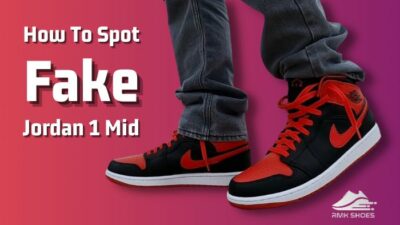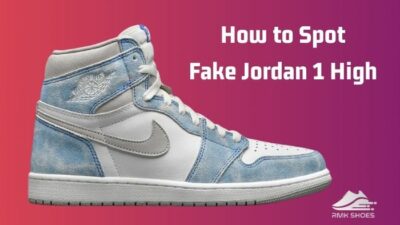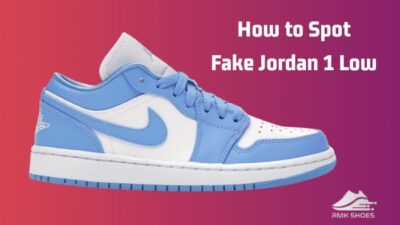Are your new pair of shoes giving you a tough time?
Are you tired of having swellings and blisters on the back of your heel?
Are you one of them who tried so many hacks to stop shoe rubbing from the back of the ankle but got zero results?
Hold on! It’s high time to say good-bye to blisters and swellings because this article is full of tricks and techniques that will tremendously help you to stop shoe rubbing from the back of your ankle.
So without further ado, let’s get started.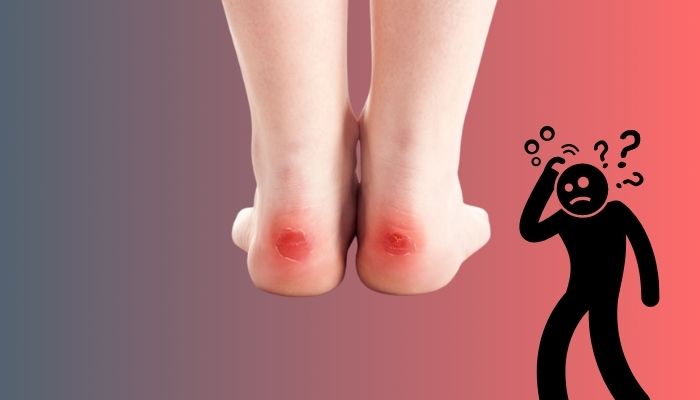
What Are The Reasons for Shoes Rubbing Your Ankle?
A comfortable pair of shoes is a treat to your feet. However, shoe rubbing the ankle is very common in most of the shoes. There are specific reasons why this discomfort happens.
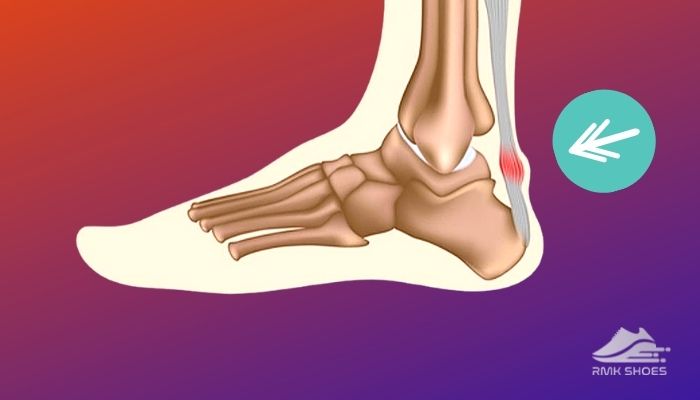
But before that, go through our epic guide on 10 Best Shoes For Marching Band Practice
Here are some of the causes for which shoes rubbing the ankle happens:
- Excessive close-fitting shoes cause abrasion in the ankle area.
- Firm pair of shoes that don’t move comfortably.
- Sometimes a little piece of sewing is at the wrong angle, mostly happens with cheaper sandals.
But before that, you check out Do Shoe Stretchers Work.
What Can Be Caused By Shoes Rubbing Your Ankles?
- Achilles Tendonitis: Achilles Tendonitis is a worn-out bruise of the Achilles’ tendon. Achilles tendon is the line of tissues that joins the calf muscle at the back of the bottom leg to the heel bone. Usually happens for wearing close-fitting shoes and constant rubbing of shoes against the ankle’s end and top of the foot.
- Blisters: Blisters are a small bubble on the surface of the skin filled with fluid-like substance. Mostly happens for the constant rubbing of shoes with the heel and ankle; this makes the skin form a bubble with fluid-filled inside, making it very painful.
- Bursitis: Bursae is a fluid-filled pouch that shields the bones and the tendons in the ankle. The continual pressure on bursae around a joint causes the ankle to swollen.
- Corn: Small-sized lump made of stiffening hard skin.
- Achilles Tendonosis: Achilles Tendonosisis a long-term problem identified by the Achilles’ tendon’s tiny tears. The pull on the Achilles Tendon can cause a bulge on the heel’s surface or at the ankle. Mostly happens for the tissue breakdown, which leads to unbearable pain.
Luckily, these injuries are not severe, and you can treat them, but they can make it very tough to walk comfortably.
How To Prevent Shoes From Rubbing The Back Of The Ankle?
Learn some simple hacks, and you will be able to stop shoe rubbing your ankle and walk comfortably and confidently.
- Proper fitting with insoles- Avoid buying excess tight-fitting shoes. Next, attach insoles inside the shoes; this will add a little raise to your foot, which lessens the surface area in touch with the heel. Attaching insoles also ensures a little close-fit, decreasing movement between the shoe and the ankle’s skin. Adding insoles reduces the possibilities of blisters forming. And makes your walking journey more comfortable.
- Usage of Moleskin- Moleskin is a tough cotton fabric with one side similar to felt and gluey on the other. Sticking Moleskin inside the shoes will reduce the rubbing. You can use Dr. Scholl’s, Premier, CVS Health, any of their Moleskin. Moleskin can be used both on the skin of your heels and also inside the shoes.
Steps to use moleskin on skin:
- Clean the area of your skin where rubbing takes place most and make sure it is dry.
- Cut the moleskin a little larger.
- Peel the back of the adhesive.
- Place it on your heel.
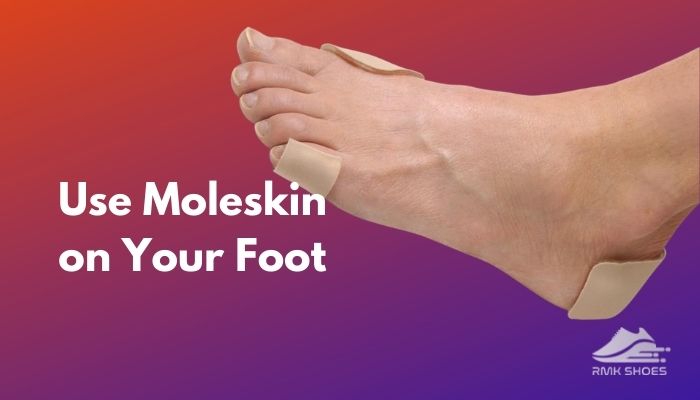
Related contents you should read about how much Height Do Shoes Add?
Steps to use moleskin on shoes:
- Clean the shoes and make sure the area is dry and dirt-free.
- Place the moleskin inside your shoes and mark the area where the rubbing mostly takes place with a pencil.
- Trim the shape. Cut the body a little larger so that it covers the full area.
- Peel off the back of the sticky side of the moleskin.
- Stick the moleskin on the inside of your heel of the shoes.
- Wear double socks- Sounds a bit weird, but wearing double socks will decrease the friction that occurs onto your heel’s skin. Wear nylon socks inside your everyday socks.
- Anti-Friction balm- Protects the skin from rubbing and inflammation by creating an invisible layer. As it is non-scented, it doesn’t feel you have applied something. You can find this in any drug store.
- Use hair-dryer- Wear a heavy pair of socks, then your shoes. Blow the shoes with a hair-dryer. As you walk around, the warmed material will shape a little bit to fit your heel’s form. Use the dryer from a distance and heat it evenly; otherwise, you will burn your shoes.
- Usage of Antiperspirant- Moistured feet can cause blisters; keeping them dry is a must. Antiperspirants can control the moisture and sweat from your feet, preventing swelling and blisters.
- Usage of Band-aid- If you already have blisters formed, make sure to cover them. Covering it with band-aid will prevent any infection.
- Usage of gel heel cushion- Reduces the pain and discomfort caused by the rubbing. The gel pads fit perfectly in shoes and act as a shock absorber with each step.
- Proper fitting shoes- Too tight or too loose-fitting shoes lead to many foot problems. Swollen feet, shoe rubbing your heels, blisters are one of them. Find the correct size of your feet before buying any shoe. If the shoes are too tight, try to stretch or soften them up.
- Soften the shoes- You can use leather oil to soften the back of your heel. Cushioning the heel of your shoes will prevent them from rubbing against your ankle. Smear the leather oil onto your heel and let it dry overnight.
- Stretch the shoes- The more you stretch the shoes, the less the chances of shoes rubbing your ankle. You can place a shoe tree inside your shoe; this will keep the shoe’s shape intact and stretch them over time. A shoe stretcher spray can stretch your shoes. Apply a generous amount of mist on the area you want to extend and, wearing heavy socks, walk around until the shoes are dry.
Check out our separate post on Shoe Cream vs Shoe Polish.
Some Home Remedies To Stop Shoes Rubbing Your Ankle
- Softening the shoes can decrease the rubbing. To ease the shoes, you can use petroleum jelly inside your shoes and leave it 24 hours. Before wearing the shoe, rub it with a cloth.
- Use castor or coconut oil to soften the shoes. Apply any oil of your choice inside the shoes and leave them for two-three days.
- Sprinkle powder on your feet.
- Apply potato juice; it will reduce any itchiness.
Foot Caring Is A Must
Taking precautions and buying only good quality shoes are not enough. If your feet’ situation is not acceptable, then none of the tricks will work properly. So maintaining your feet is a must.
- Always make sure your feet are clean. Wash them regularly and also dry them; this will keep your feet germs free.
- Remove the dead skin cells once a week by soaking your feet in warm water and keeping them moisturized; this will ensure your feet are not too dry and prevent any crack.
- Change your socks daily.
Also, check out our separate post on Training Shoes Vs. Running Shoes.
Frequent Asking Questions
Why do new shoes give you shoe bites?
Due to over stiff leather. Sometimes a little piece of sewing is at the wrong angle, mostly happens with cheaper sandals. The shoes are yet to break-in; this simply means the shoes are not enough stretched out.
Are your feet supposed to hurt when breaking in new shoes?
No. While breaking in, if your shoes hurt, then you have not bought a properly fitting shoe. Breaking in doesn’t change the shoes much; it just stretches them out a bit. If your feet hurt while breaking in, go to a cobbler, and widen your shoes.
How do you know if a shoe fits properly?
A properly fitting shoe should feel tight in the middle of the foot and the heel area with some space around the toes. While standing, check the exact length and width by pushing your thumb down next to your foot’s ball and near toes. A slight fitting will allow for 1/2 to a full thumb’s width of space.
Conclusion
I hope this article contains all the info that is needed to stop the shoe rubbing your ankle. Apply any of these hacks and walk comfortably and confidently.

